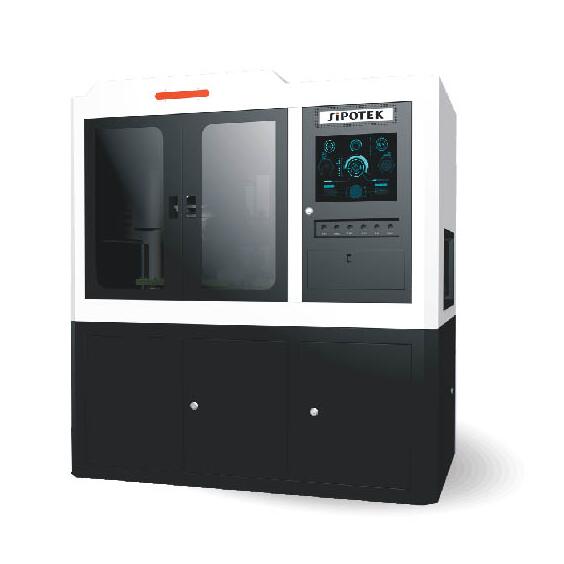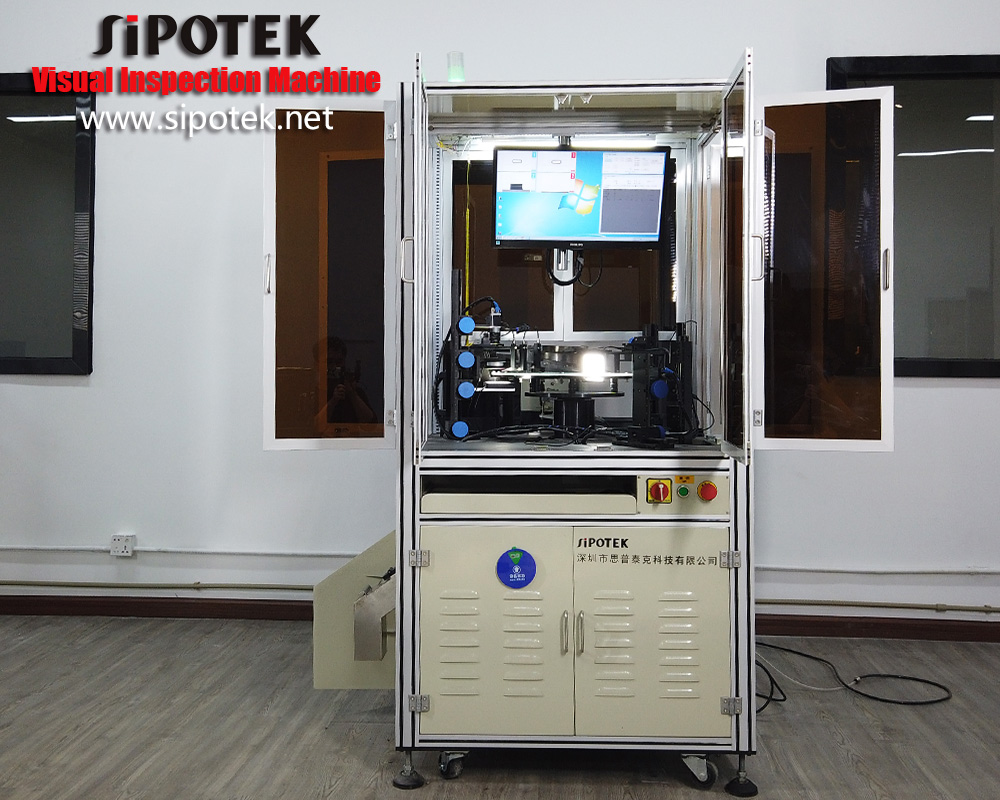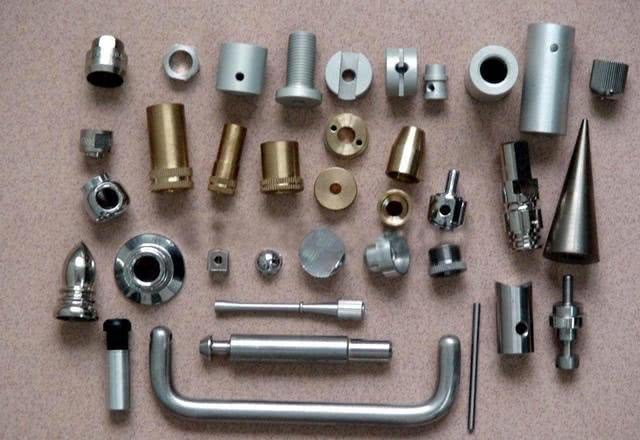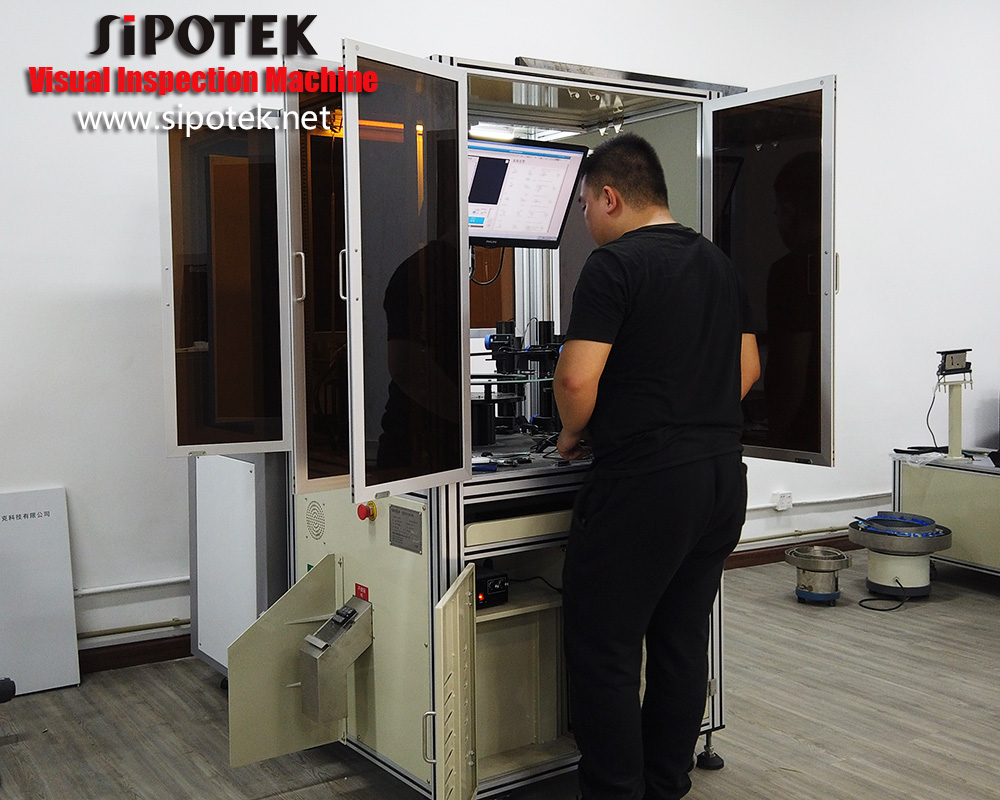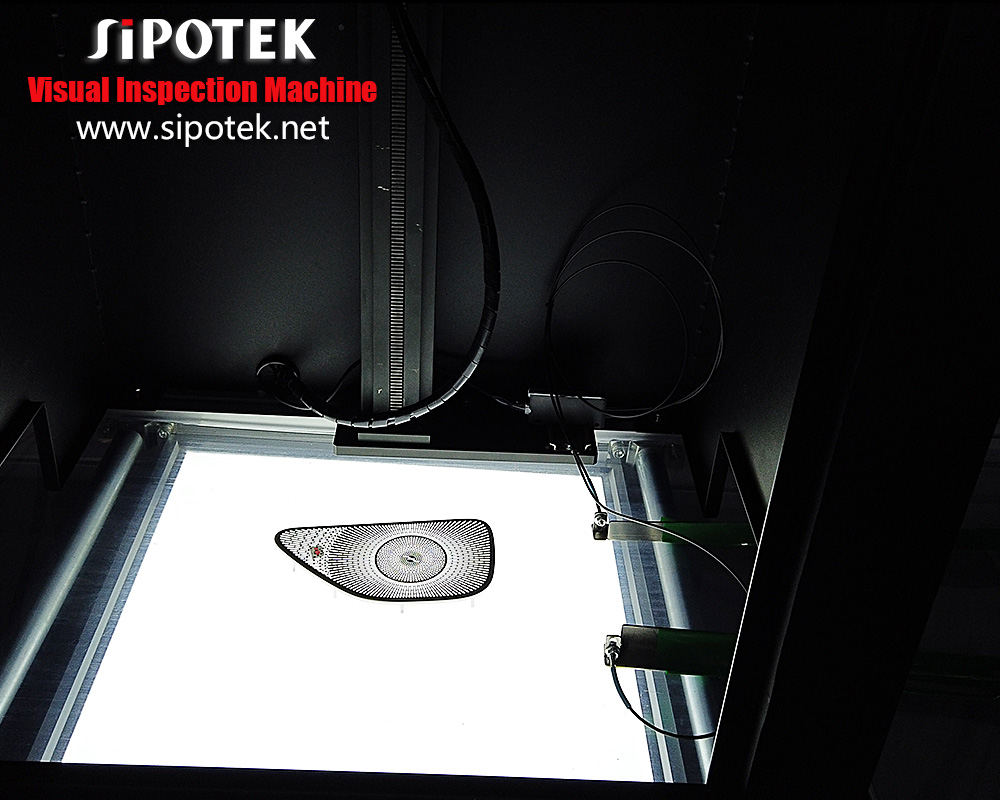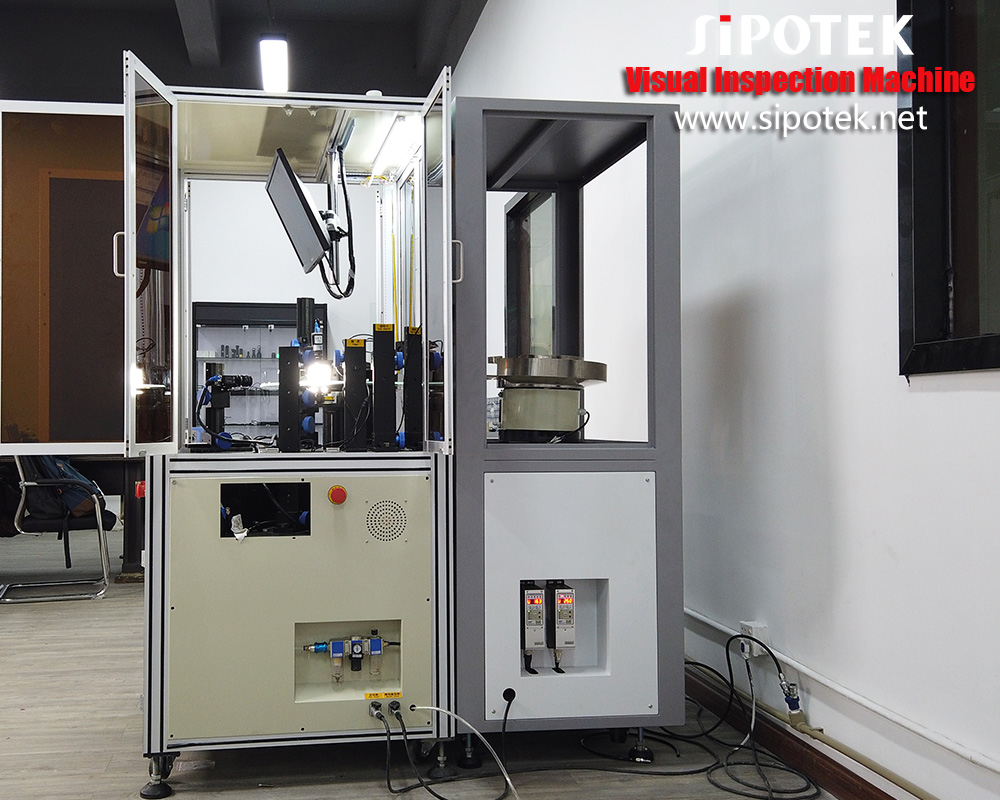Machine vision, sometimes abbreviated as MV, is a technology and methods used to provide imaging-based automatic inspection and analysis for such applications as automatic inspection, process control, and robot guidance, usually in industrial and manufacturing fields. It provides imaging signals for inspecting defects, flaws and irregularities in manufactured products. A Machine vision inspection system, is designed either for offline inspection or in-line inspection. For offline application, the system is separate from the production line, the items are usually manufactured as end products. While for in-line application, the system need to be installed within the production line, do the detection before the items become end-products.
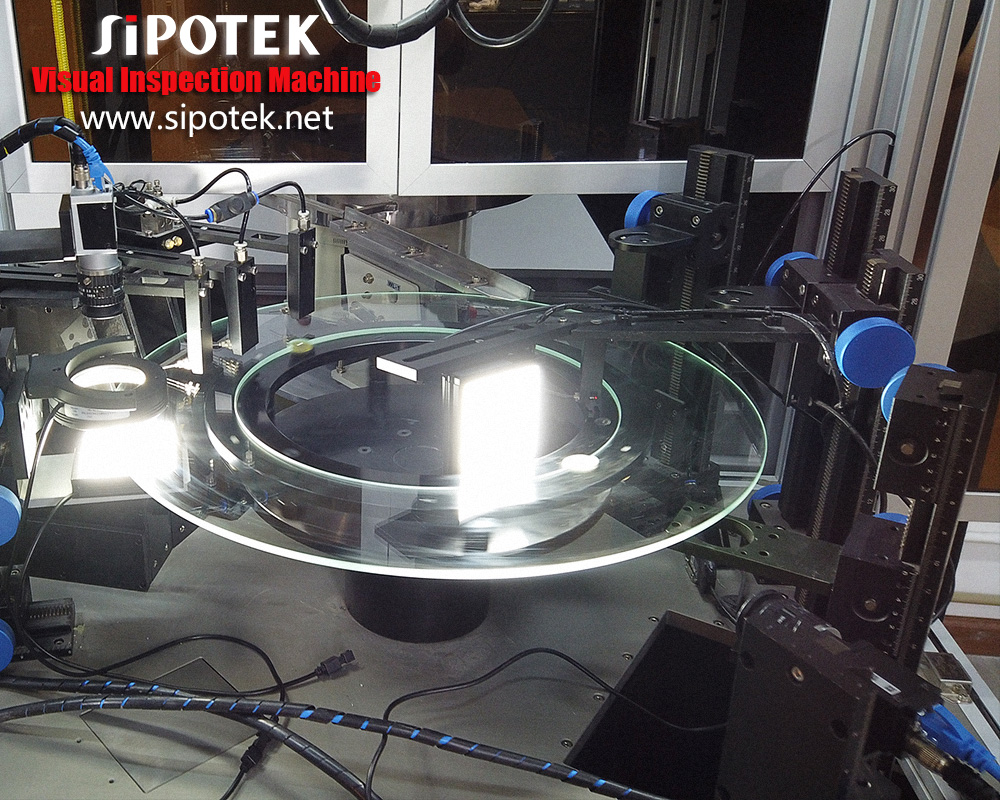
The main heart of the system is machine visual software that emphasis the eye-inspect replaced by a visual data signal. Machine vision, on on hand, refers to the technology that converse the captured product pictures to image signals by using machine vision equipment (ie. Image capture device, CMOS or CCD). The signal will be transmitted to the processing system, and then transmitted to digital signals according to pixel distribution, brightness, color etc. The system will calculate and identify these signals together to determine the target features, and then controls the device actions accordingly in real time.
Machine vision, on the other hand, uses digital input and output to manipulate mechanical components. Devices that depend on machine vision are often found at work in product inspection, where they often use digital cameras or other forms of automated vision to perform tasks traditionally performed by a human operator. However, the way machine vision systems ‘see’ is quite different from human vision.
The components of a machine vision system can vary, but there are several common factors found in most. These elements include:
>Digital or analog cameras for acquiring images
>A means of digitizing images, such as a camera interface
>A processor
When these three components are combined into one device, it’s known as a smart camera. A machine vision system can consist of a smart camera with the following add-ons:
>Input and output hardware
>Lenses
>Light sources, such as LED illuminates or halogen lamps
>An image processing program
>A sensor to detect and trigger image acquisition
>Actuators to sort defective parts
To understand how a machine vision system works, it may be helpful to envision it performing a typical function, such as product inspection. First, the sensor detects if a product is present. If there is indeed a product passing by the sensor, the sensor will trigger a camera to capture the image, and a light source to highlight key features. Next, a digitizing device called a framegrabber takes the camera’s image and translates it into digital output, which is then stored in computer memory so it can be manipulated and processed by software.
In order to process an image, computer software must perform several tasks. First, the image is reduced in gradation to a simple black and white format. Next, the image is analyzed by system software to identify defects and proper components based on predetermined criteria. After the image has been analyzed, the product will either pass or fail inspection based on the machine vision system’s findings.
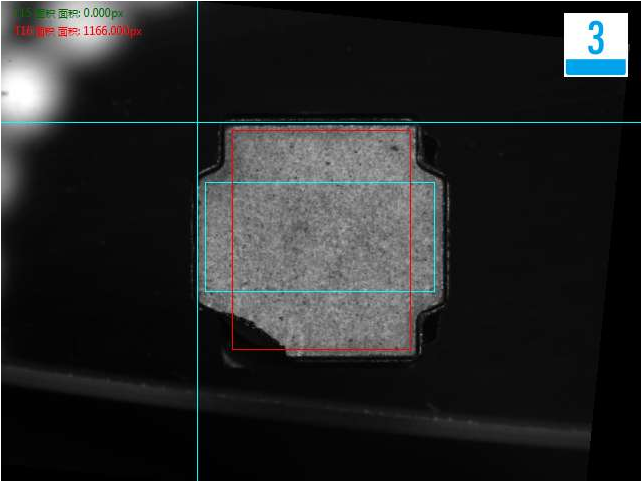
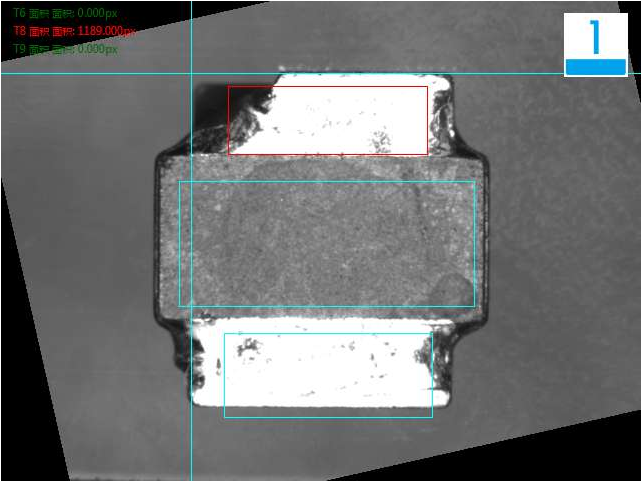
Beyond product inspection, machine vision systems have numerous other applications. Systems that depend on visual stock control and management, such as barcode reading, counting, and store interfaces, often use machine vision systems. Large-scale industrial product runs also employ machine vision systems to assess the products at various stages in the process and also work with automated robotic arms. Even the food and beverage industry uses machine vision systems to monitor quality. In the medical field, machine vision systems are applied in medical imaging as well as in examination procedures.
About Shenzhen Sipotek Technology Co., Ltd
Started in 2002, Sipotek Technology is located in Shenzhen in China. The company designs and manufactures visual inspection systems with its avant-garde R&D department and a great experience in artificial vision technologies. Sipotek is a professional machine vision inspection system manufacturer from china.The Sipotek Technology staff supports customers 360 degrees automatd optical inspection(AOI), from listening to their requests to the development of ambitious machines for quality control.

For Media Inquiries:
Contact Person: James Yuan
Company: Shenzhen Sipotek Technology Co., Ltd
Tel: 86-755-36994123
Email: [email protected]
Website: http://www.sipotek.net/




